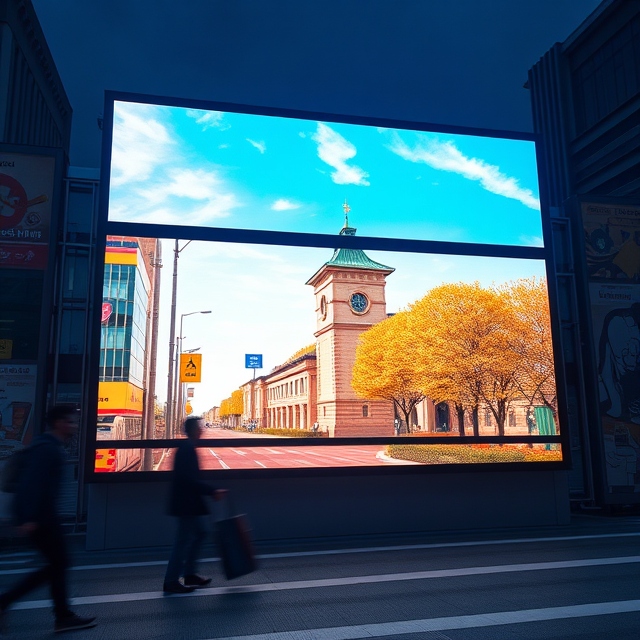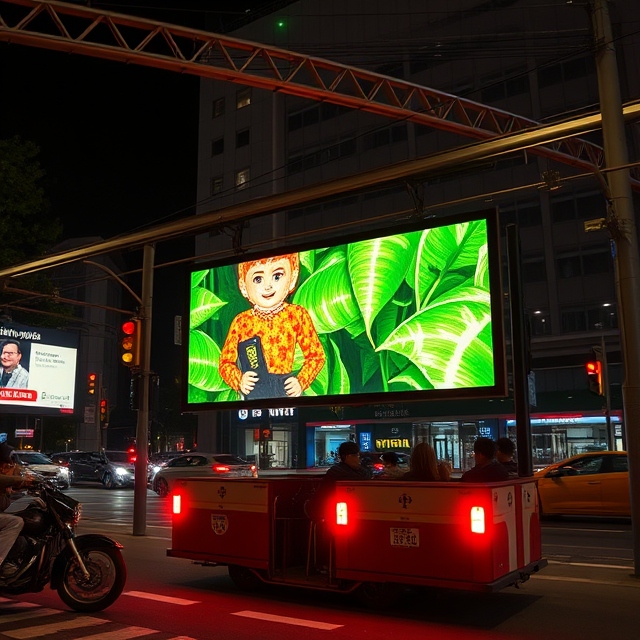- Home
- About Us
- Industries
- Agritech & Smart Farming
- Aquariums & Zoos
- Art & Cultural Exhibitions
- Automotive & Transportation
- Broadcasting & News
- Construction & Real Estate
- Corporate & Offices
- Cultural Heritage & Preservation
- Cybersecurity Operations
- Digital Content Creation & Media
- E-commerce & Online Retail
- Education
- Energy & Utilities
- Entertainment & Media
- Entertainment Arcades & Amusement
- Environmental Monitoring
- Event Management & Conferences
- Fashion & Apparel Retail
- Fashion Retail & E-commerce
- Finance & Banking
- Financial Trading & Stock Exchanges
- Fitness & Wellness
- Food & Beverage
- Food Processing & Manufacturing
- Gaming, Casinos, & Hospitality
- Government & Public Spaces
- Healthcare
- Hospitality & Event Venues
- Insurance
- Legal & Judicial
- Libraries & Community Centers
- Logistics & Supply Chain
- Luxury Cruise & Maritime
- Manufacturing & Industrial
- Meteorology & Climate Research
- Military & Defense
- Mining & Extraction
- Museums & Cultural Centers
- Non-Profit Organizations
- Oil & Gas Industry
- Professional Training & Development
- Public Health & Awareness
- Public Parks & Recreation Areas
- Public Safety & Law Enforcement
- Public Transportation
- Rehabilitation Centers
- Religious & Worship Spaces
- Renewable Energy
- Retail & Shopping Malls
- Retail Banking
- Security & Surveillance
- Social Media & Digital Marketing
- Sports & Stadiums
- Smart Cities & Urban Planning
- Supply Chain & Inventory
- Television & Film Production
- Travel & Hospitality
- FAQ
- Contact Us
- Home
- About Us
- Industries
- Agritech & Smart Farming
- Aquariums & Zoos
- Art & Cultural Exhibitions
- Automotive & Transportation
- Broadcasting & News
- Construction & Real Estate
- Corporate & Offices
- Cultural Heritage & Preservation
- Cybersecurity Operations
- Digital Content Creation & Media
- E-commerce & Online Retail
- Education
- Energy & Utilities
- Entertainment & Media
- Entertainment Arcades & Amusement
- Environmental Monitoring
- Event Management & Conferences
- Fashion & Apparel Retail
- Fashion Retail & E-commerce
- Finance & Banking
- Financial Trading & Stock Exchanges
- Fitness & Wellness
- Food & Beverage
- Food Processing & Manufacturing
- Gaming, Casinos, & Hospitality
- Government & Public Spaces
- Healthcare
- Hospitality & Event Venues
- Insurance
- Legal & Judicial
- Libraries & Community Centers
- Logistics & Supply Chain
- Luxury Cruise & Maritime
- Manufacturing & Industrial
- Meteorology & Climate Research
- Military & Defense
- Mining & Extraction
- Museums & Cultural Centers
- Non-Profit Organizations
- Oil & Gas Industry
- Professional Training & Development
- Public Health & Awareness
- Public Parks & Recreation Areas
- Public Safety & Law Enforcement
- Public Transportation
- Rehabilitation Centers
- Religious & Worship Spaces
- Renewable Energy
- Retail & Shopping Malls
- Retail Banking
- Security & Surveillance
- Social Media & Digital Marketing
- Sports & Stadiums
- Smart Cities & Urban Planning
- Supply Chain & Inventory
- Television & Film Production
- Travel & Hospitality
- FAQ
- Contact Us

Public Transportation
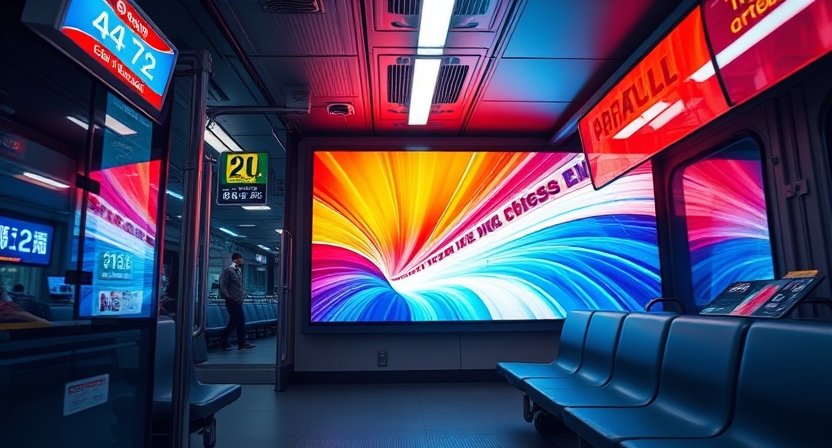
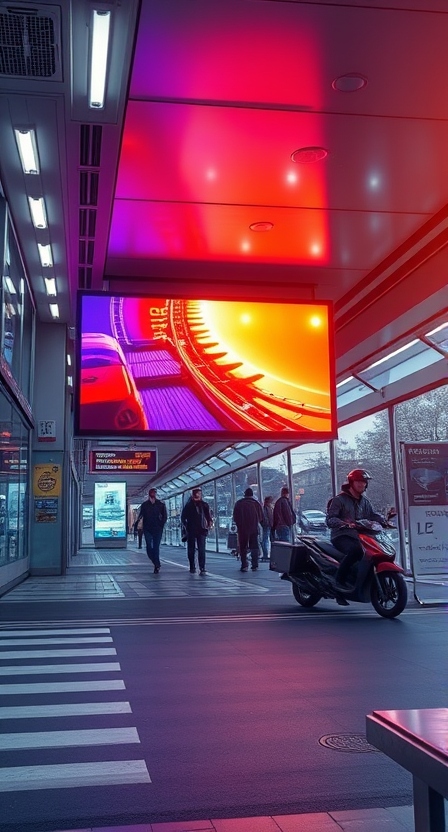
Uses Of Led Display For Public Transportation
Active LED displays have become an essential technology in public transportation, offering real-time information, improving communication, and enhancing passenger experience across various modes of transport such as buses, trains, subways, and trams. From providing navigation updates to delivering safety information, these displays ensure seamless, efficient travel for passengers while contributing to the smooth operation of transportation networks.
Benefits of Active LED Displays in Public Transportation
- Real-Time Information:
LED displays are ideal for showing real-time updates on arrival times, delays, and service changes, ensuring that passengers are always informed about the status of their journey. - High Visibility and Clarity:
Active LED displays are bright and easily readable, even in busy or poorly lit environments, ensuring that important information can be viewed clearly by passengers at all times. - Interactive Capabilities:
LED displays can be integrated with touch technology, enabling passengers to interact with the system to find route information, check schedules, or purchase tickets, improving the overall convenience. - Energy Efficiency:
Compared to traditional displays, active LED screens consume less power, making them cost-effective and eco-friendly for transportation operators. - Durability and Longevity:
LED displays are built to withstand the vibrations, weather conditions, and heavy use typical in public transportation environments, ensuring long-term performance and reliability.
Applications of Active LED Displays in Public Transportation
- Bus Stops and Terminals
Purpose: To keep passengers informed about the arrival times, route information, and other relevant announcements.
Content Ideas:
- Arrival/Departure Information: Display live updates about bus schedules, estimated arrival times, and delays.
- Route Information: Show route maps, stops, and connections to other forms of transport to help passengers plan their journeys.
- Safety and Announcements: Broadcast safety tips, public service messages, or reminders about the importance of social distancing or wearing masks.
- Advertising and Promotions: Utilize space for local business ads, promotional content, or public announcements related to transportation services.
- Train Stations and Subway Systems
Purpose: To assist with navigation, provide real-time updates, and enhance the overall passenger experience in busy transportation hubs.
Content Ideas:
- Platform Information: Use LED displays to show train departure times, platform numbers, and service disruptions, making navigation easier for passengers.
- Ticketing Information: Display ticket prices, ticketing options, or service notices about changes in service schedules.
- Emergency Alerts and Announcements: In case of service interruptions or emergencies, LED screens can display important safety messages or evacuation instructions.
- Connection Information: Provide passengers with information about transfers, connecting routes, or nearby stations.
- Onboard Displays (Buses, Trains, Subways)
Purpose: To provide passengers with real-time updates while they are on their journey, enhancing their comfort and ensuring they don’t miss their stops.
Content Ideas:
- Stop Announcements: Display the current station or bus stop and the next stop to help passengers keep track of their journey.
- Weather and Traffic Updates: Show real-time weather conditions or traffic alerts affecting travel routes, providing context for delays.
- Entertainment and Advertisements: Utilize screens to offer entertainment options such as news, weather reports, or advertising content.
- Alerts and Notifications: Use displays to notify passengers about upcoming stops, safety information, or system updates, such as changes in routes.
- Airport Terminals
Purpose: To guide passengers efficiently through the airport and provide timely updates on flight schedules and other travel-related information.
Content Ideas:
- Flight Information: Display flight departure times, gate numbers, delays, and boarding updates in real time.
- Wayfinding Assistance: Use interactive LED displays to help passengers navigate through terminals by showing directions to gates, baggage claim, or customs.
- Emergency Information: Use the screens to broadcast emergency evacuation instructions or provide critical safety announcements.
- Local Services and Offers: Provide advertisements or information about airport services such as lounges, restaurants, and shops.
- Ferry Terminals and Docks
Purpose: To inform ferry passengers about the status of their journeys, schedules, and other key information.
Content Ideas:
- Departure and Arrival Times: Show departure and arrival schedules for various ferry routes.
- Ticketing and Boarding Information: Provide instructions for boarding and ticketing services, as well as any schedule changes.
- Safety Guidelines: Display safety protocols and procedures, such as life-jacket instructions or emergency contacts.
- Weather Conditions: Include real-time weather data that could affect ferry schedules or passenger safety.
- Bus and Train Fleet Management
Purpose: To help manage fleets of buses or trains by providing operational data, monitoring performance, and ensuring service continuity.
Content Ideas:
- Vehicle Location Tracking: Use LED displays to show the real-time location of buses or trains for better fleet management.
- Maintenance Alerts: Display maintenance schedules, vehicle status, or system issues that could affect service operations.
- Operational Status Updates: Provide operational data like fuel levels or capacity status to ensure smooth fleet management and reduce delays.
- Ticketing and Information Kiosks
Purpose: To provide self-service ticketing options and interactive information for passengers looking to plan their journey or purchase tickets.
Content Ideas:
- Interactive Route Maps: Display interactive maps for users to find the best route options and connections.
- Real-Time Ticketing Information: Allow passengers to purchase or validate tickets using on-screen prompts.
- Service Alerts: Show real-time updates on service disruptions, delays, or changes in routes or fares.
- Smart Bus Stops and Train Stations
Purpose: To incorporate interactive, data-driven experiences that enhance the passenger journey with connectivity, convenience, and engagement.
Content Ideas:
- Smart Schedules and Alerts: Display dynamic, real-time updates about bus and train arrivals, ensuring passengers are informed of delays or changes.
- Interactive Maps and Directions: Offer touchscreen capabilities to allow users to plan routes or find their destination.
- Real-Time Traffic Monitoring: Display live traffic data and its impact on routes to help passengers make informed decisions about their travel.
Features
- List Item
- List Item
- List Item
- List Item
Advantages
- List Item
- List Item
- List Item
- List Item
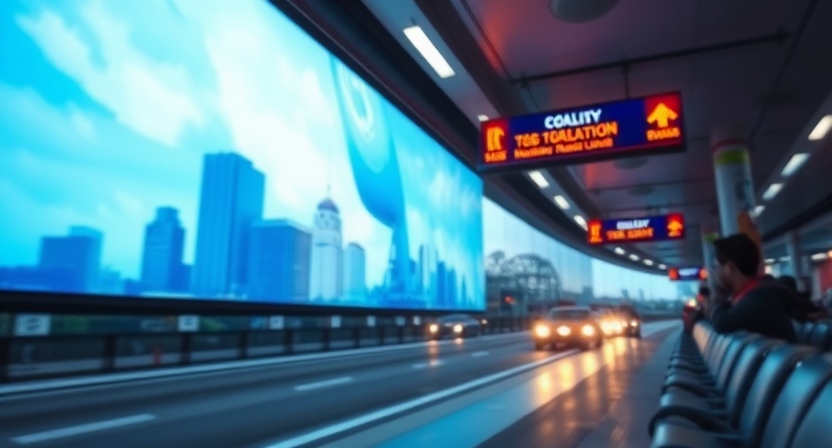
Placement Tips for LED Displays in Public Transportation
- High-Traffic Areas: Place displays at key locations such as bus stops, train platforms, subway entrances, and ferry terminals where they will be visible to a large number of passengers.
- Visibility and Height: Install displays at optimal heights (eye-level) to ensure easy visibility for passengers standing or sitting, especially in busy areas.
- Indoor and Outdoor Capability: Ensure that outdoor displays are weatherproof and highly visible in all lighting conditions, while indoor displays should be placed where they can be easily seen by passengers.
- Strategic Locations: Use multiple displays in larger transportation hubs like airports or train stations to guide passengers at different points (e.g., waiting areas, hallways, platforms).
Conclusion
Active LED displays are revolutionizing public transportation by improving communication, ensuring passenger safety, and enhancing the travel experience. From providing real-time schedule updates and emergency alerts to interactive wayfinding and ticketing services, these displays help streamline operations and make journeys more efficient and enjoyable. As transportation systems continue to modernize, the role of active LED displays will expand, creating smarter, more responsive travel environments for passengers worldwide.
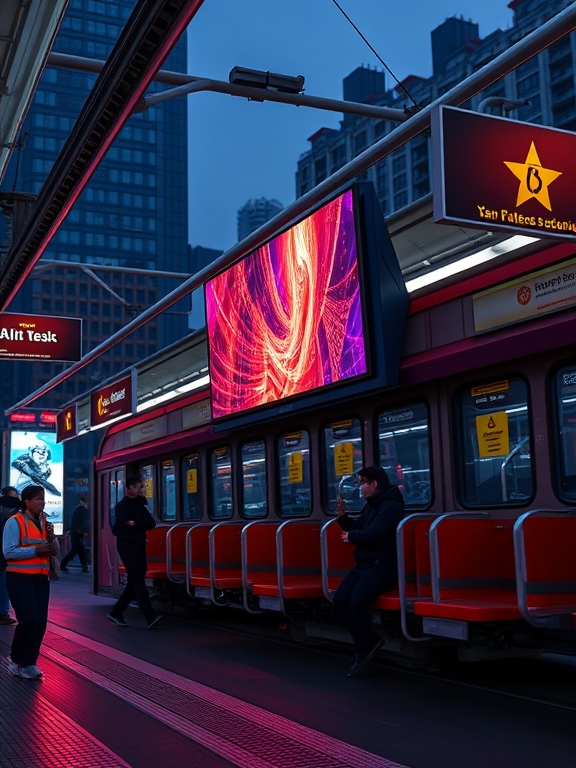
illuminits LED Walls?
Technology
There are three primary LED video wall technologies: ultra-narrow bezel LCD, rear-projection cubes, and direct-view LED displays. Ultra-narrow bezel LCD is the most cost-effective option.
Size
The great thing about illuminits video walls is that they are modular, so you can get them in any size or aspect ratio you want.
Support
The heavier the video wall system becomes, the more panels there are. This puts additional strain on the infrastructure that supports it. illuinits offers the best in-time assistance.
Service
Even high-definition video walls can have problems. This can be a minor or major issue. As a result, Aero provides a variety of comprehensive service packages that ensure minimal downtime at a low cost. Types Of LED Displays
